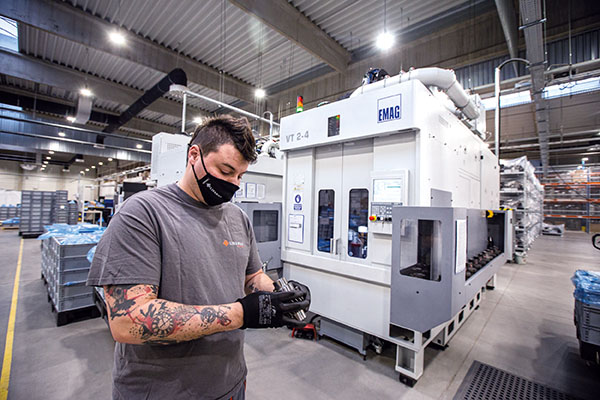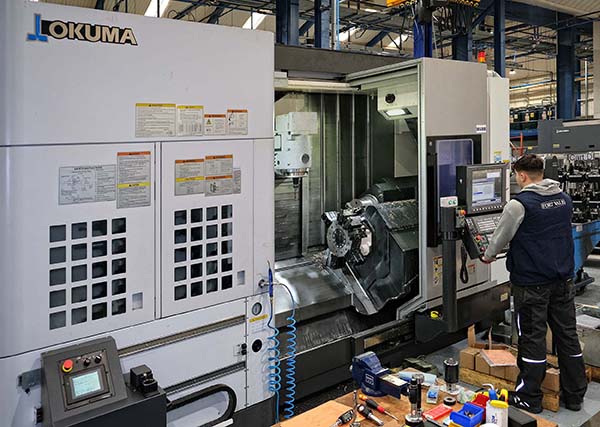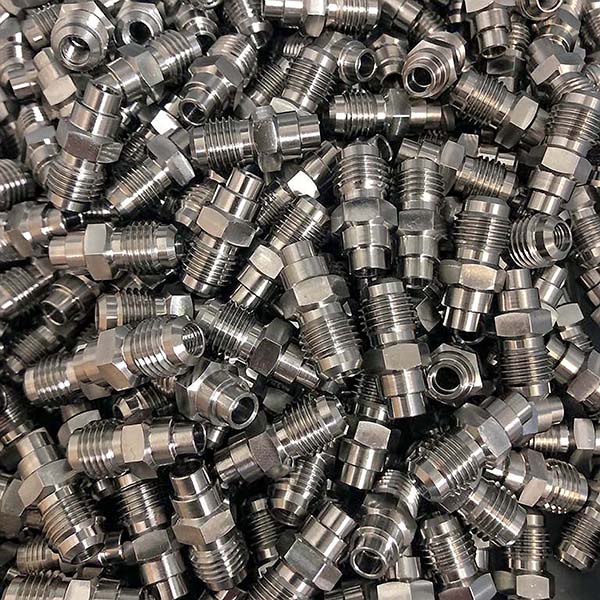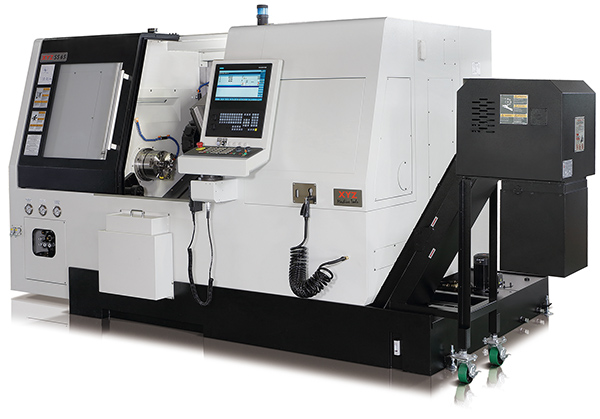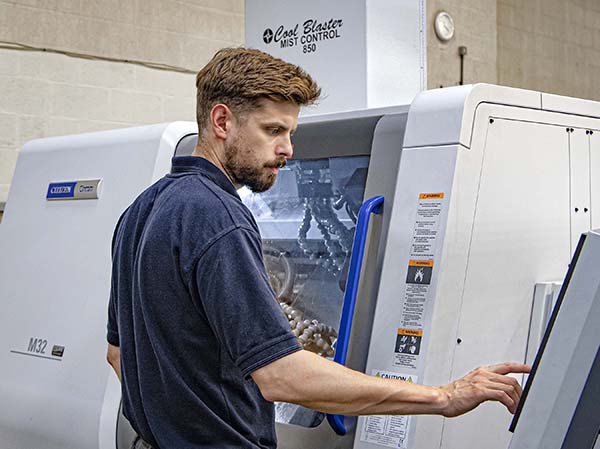
A specialist in e-drives, Békéscsaba-based Linamar Technology Hungary, has invested in machines from EMAG to produce shafts and gears. The number of components is expected to increase to more than 2 million parts per year in the future – up from around 300,000 components at present. The new production solution is optimally prepared for this increase. The decision in favour of technology from EMAG was made on the basis of intensive market research.
“In the end, we chose EMAG because the company offers and masters a wide range of technologies,” explains István Bíró, project leader at Linamar Technology Hungary. “Furthermore, EMAG develops innovative solutions that help us streamline our production processes.”
Specifically, Linamar Technology Hungary uses EMAG VL 6 and VT 2-4 vertical lathes, and the VLC 200 GT vertical turning and grinding centre for the hard machining of gears and shafts. The latter is an ideal illustration of the advantages of EMAG’s holistic approach: the machine is loaded at a particularly high speed by the integrated pick-up spindle. After the spindle with the component has assumed its machining position, hard rough turning starts in quick succession. Only a residual allowance of a few microns then remains on the gear wheel. This ensures a significantly shortened grinding process with the aid of the integrated grinding spindle. At the same time, machining quality benefits from the turning-grinding combination: if only a small allowance needs to be ground off after turning, the grinding wheel specification can be more specifically designed for the desired final quality. Overall, Linamar’s production planners can therefore dispense with a further grinding operation.
Linamar has seen similar leaps in productivity with its VL 6 and VT 2-4 lathes, which are used for turning operations on gears and shafts of different sizes.
For further information
www.emag.com







